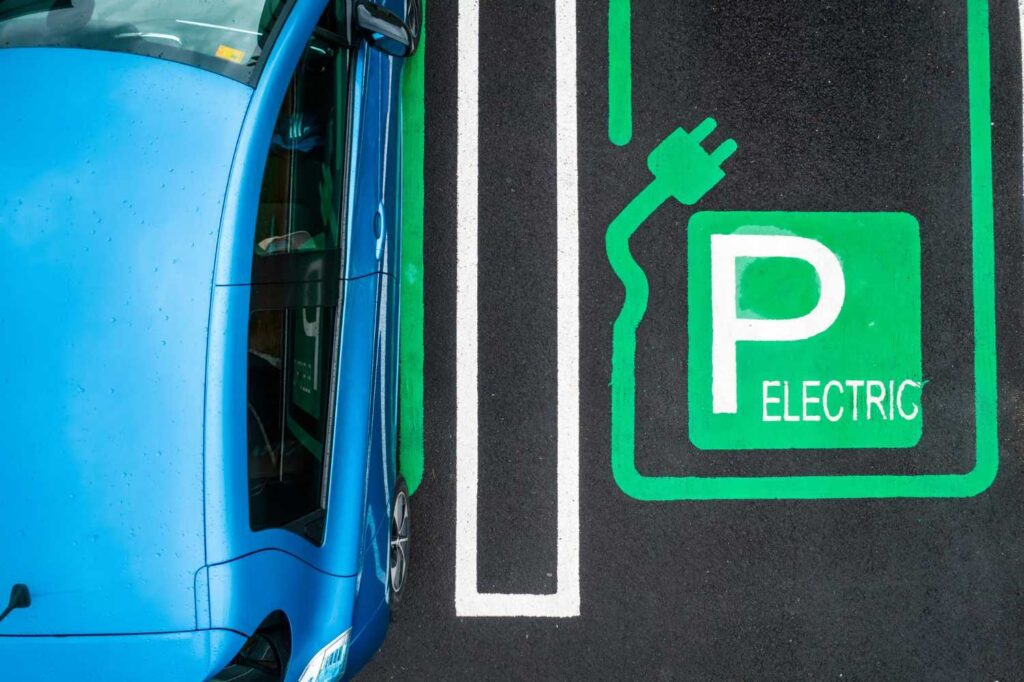
The activists have voiced their opinion to the government about the fear that the first set of 3,600 electric buses of the 10,000 being inducted under the PM eBus Sewa scheme will be inaccessible for persons with disabilities (PwD).
The scheme was approved Union Cabinet in August which aims to roll out 10,000 electric buses across cities. The first tender under the scheme for 3,600 electric buses was passed on November 17. The tender is open till December 14 and will procure buses for cities in Bihar, Gujarat, Haryana, Jammu & Kashmir, Maharashtra, Meghalaya, Odisha, Puducherry, Punjab and Chandigarh.
The Freedom of Movement Coalition (FMC), a group of activists and NGOs had written to Housing and Urban Affairs Secretary Manoj Joshi on October 26 when the tender was in the draft stage. They had raised concerns over accessibility standards not being followed. The FMC on November 24 wrote to the Ministry of Road Transport and Highways (MoRTH), saying that the tender had violated the Central Motor Vehicles (CMV) Rules.
“The PM eBus Sewa tender for 3,600 Type-I (intra-city) buses specifies a floor height of 900 mm – i.e. footboard plus 2 steps, even after a representation was made the Freedom of Movement Coalition,” the letter read.
The activists said the tender violated MoRTH’s Automative Industry Standard (AIS) 153. The standard says that Type-I buses, which are urban or city buses, should have a maximum floor height of 650 mm and shall “be accessible for people with reduced mobility, including at least one wheelchair user”.
The tender sets the requirement of “25%” of buses to be accessible for wheelchair users. Vaishnavi Jayakumar, a member of FMC, said the Central Motor Vehicle Rules, 2022, had made a minimum of one space for wheelchair users a mandatory provision. She said the CMV Rules were supposed to apply from April 1, 2023, but have been pushed to October 2024. This is because automated testing stations were not ready.
She said the Rights of Persons with Disabilities (RPD) Act, 2016, mandates that PwD get “access to all modes of transport”, not mentioning that only 25% of buses should be accessible.
Jayakumar said while the tender had called for 900 mm floor height and the AIS 153 set the maximum height at 650 mm, the true low-floor buses, which would be ideal for PwD, had a maximum height of 400 mm. “Accessibility in high-floor buses means hydraulic lifts have to be installed. That’s not viable in a city bus scenario,” she said.
